
The Dominican Republic’s warm climate and pristine beaches have made it popular with sun-seeking tourists. Yet, many families in this country struggle with gang activity and unsafe water. The children Compassion serves experience these realities on a daily basis. But at the Compassion project, there is hope.
More than
children served
More than
church partners
Serving since
In Dominican Republic
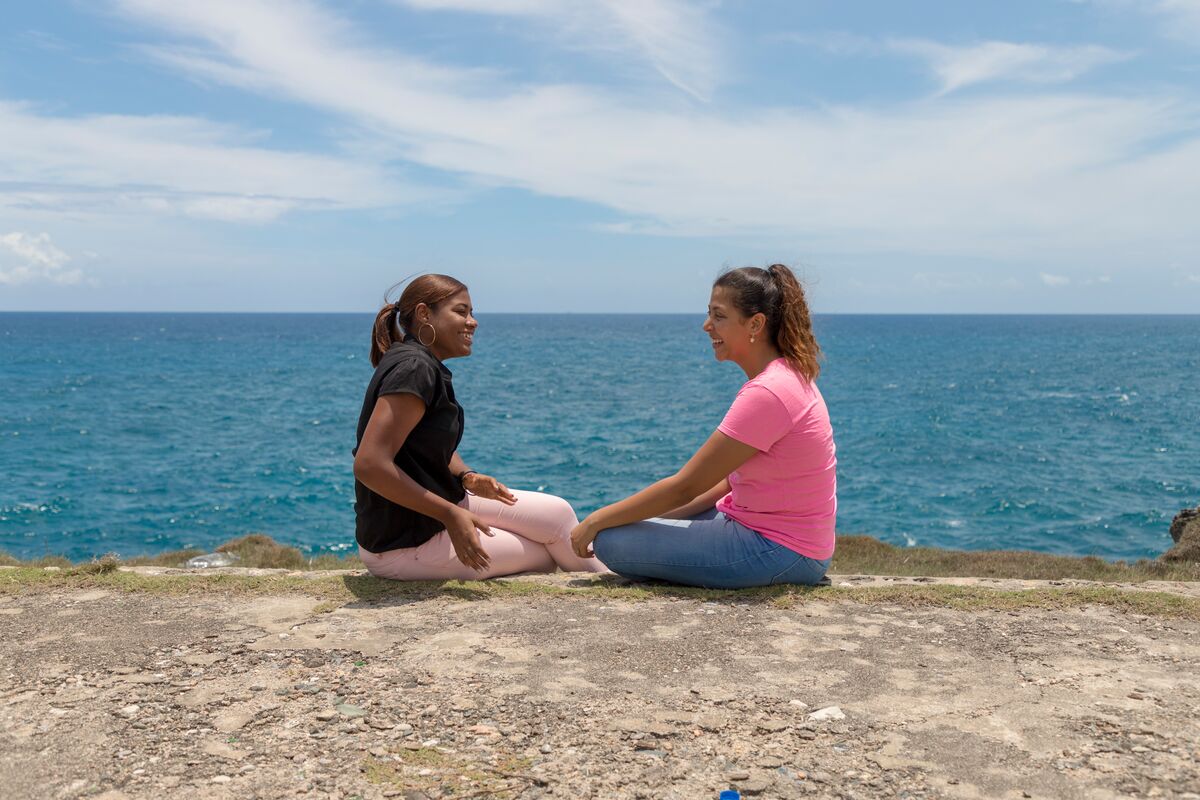
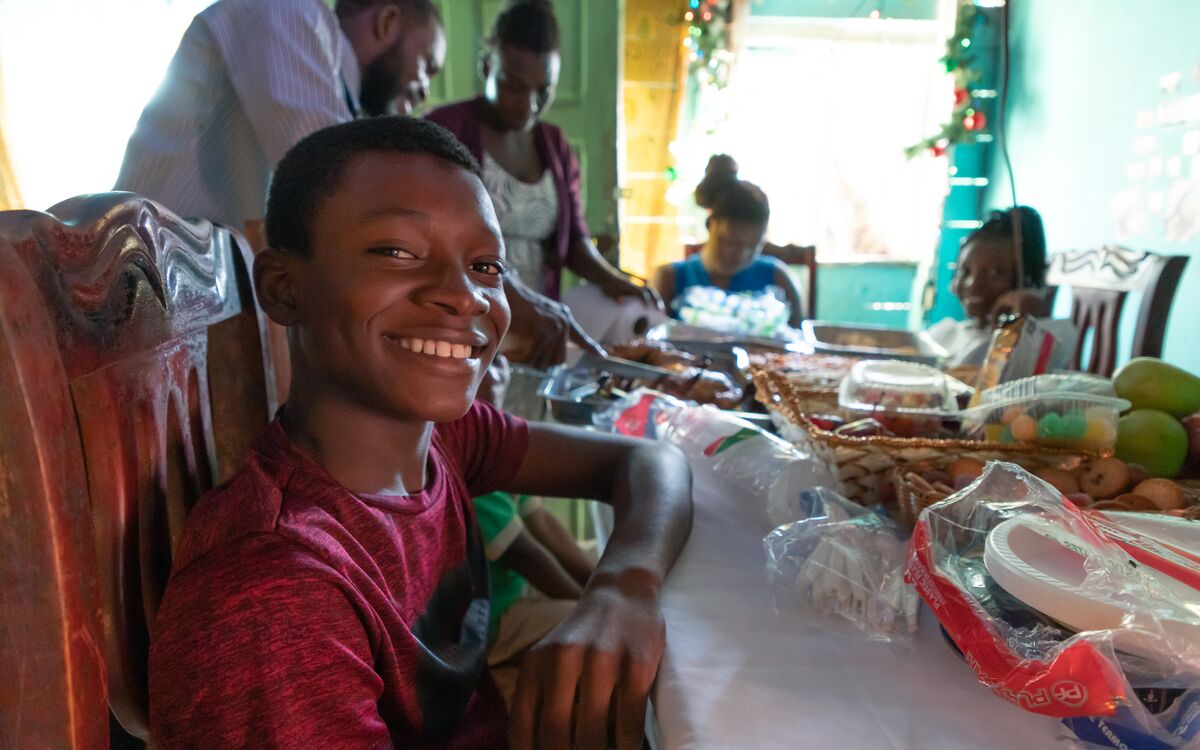
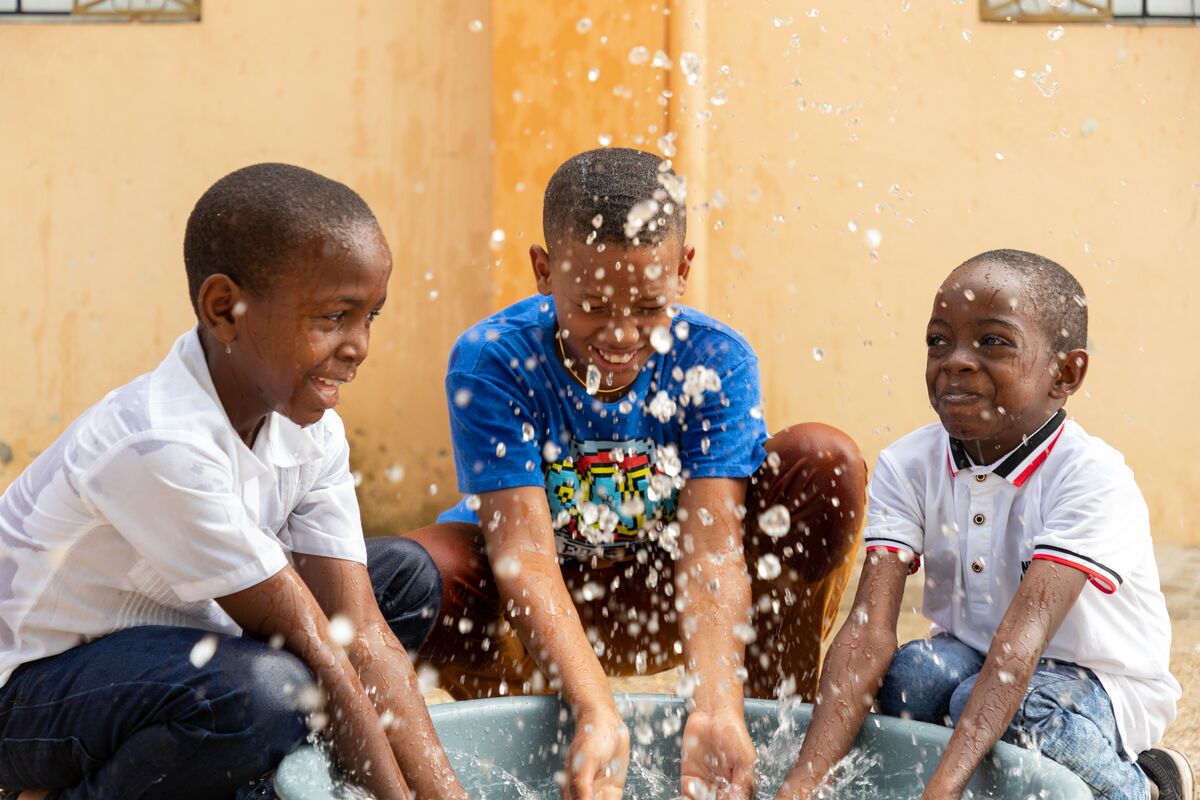
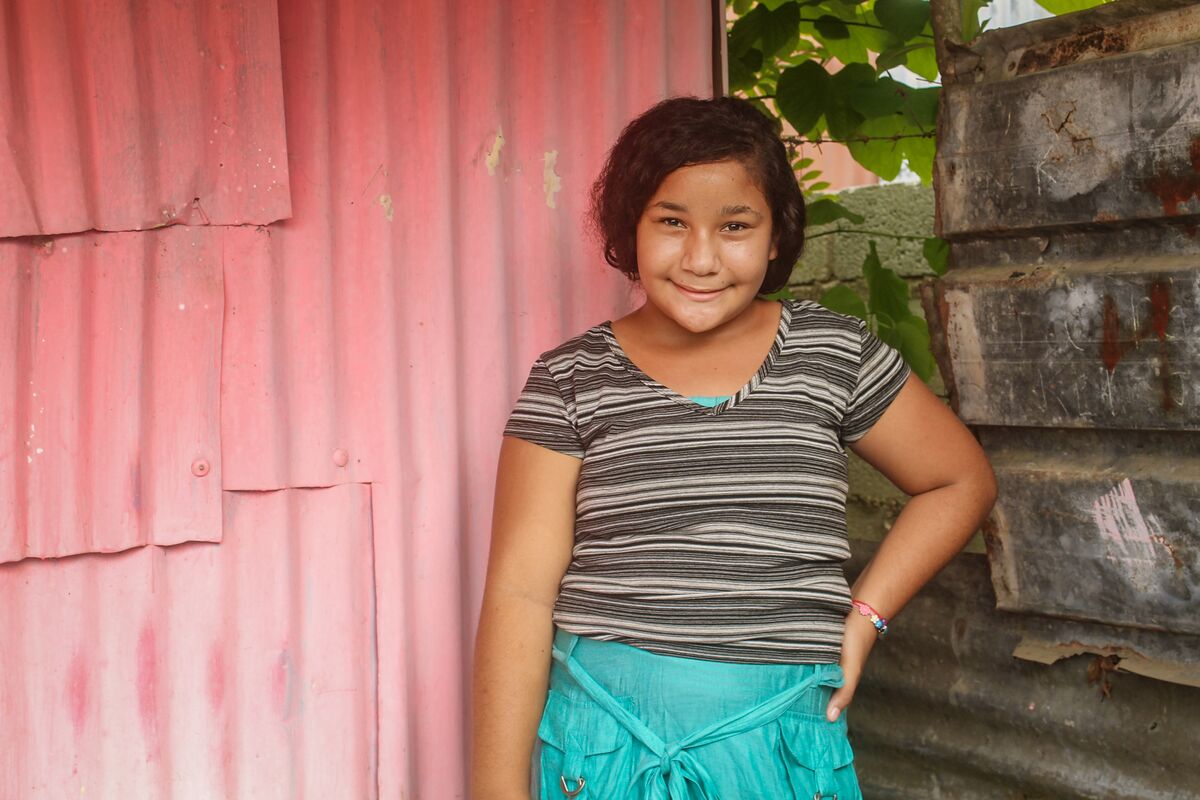
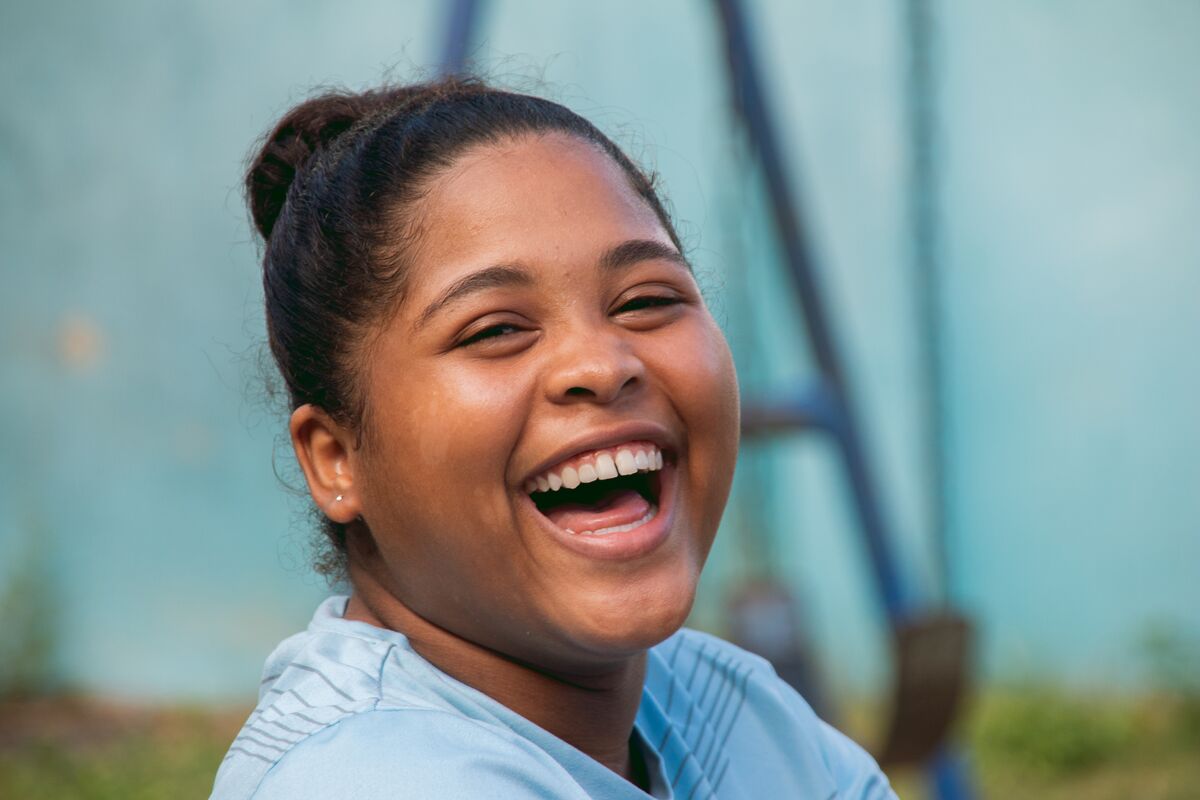
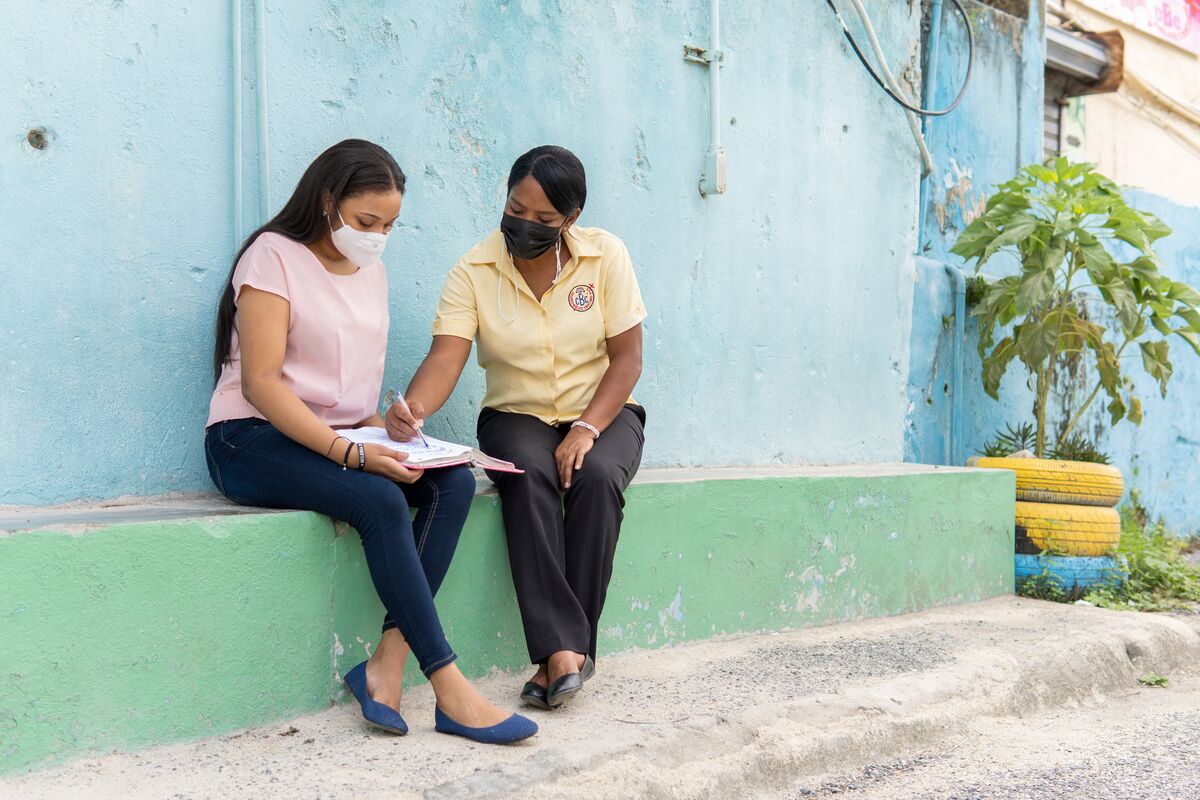
Pray with us for:
Our church partners supporting children and caregivers
Wisdom for those in leadership as they serve their communities
Protection and good health for vulnerable children and families
Music and dance are very important to Dominican culture. Two of the most popular types of music are merengue and bachata — both perfect for dancing.
Child sponsorship with Compassion is a unique opportunity to provide a child with food, clean water, shelter, clothing and medical care.

Franco Sanchez
Waiting for 11 months
Waiting for 18 months
Official Country Name: Dominican Republic
Capital City: Santo Domingo
Population: More than 11.2 million
Official Languages: Spanish
Life expectancy: Male 69 years, female 76 years
Population with access to safe drinking water: 74%
Infant mortality rate: 27 deaths / 1,000 live births
Percentage of children under the age of 5 underweight: 4.0%
Adult literacy rate: Male 95%, female 95%
Religion: Approximately 52.5% of the population are Roman Catholic, 21% Protestant, and 26.5% are of another/unspecified religion or none.
Percentage living on less than $2.15 a day: 0.8%
Source: World Bank and 2022 Report on International Religious Freedom by the Office of International Religious Freedom, U.S Department of State
Hispaniola, the second-largest island of the West Indies, is divided politically into the Dominican Republic, which occupies about two-thirds of the country to the east, and the Republic of Haiti in the west. Before Spanish colonisation in the late 15th century, the Taino people lived in village-centred societies in what is now the Dominican Republic.
Christopher Columbus landed on the island in 1492 and named it La Isla Española (Hispaniola in its Anglicised form).
The Tainos welcomed Columbus on his first voyage in 1492, but subsequent colonisers were brutal, reducing the Taino population from one million to around 500 in 50 years. To ensure adequate labour for plantations, the Spanish brought African men and women to the island in 1503 to make them work as enslaved people.
In the 1600s, the French and the Spanish fought for control of the island, eventually dividing it into the Dominican Republic and the Republic of Haiti.
A turbulent history followed, with independence from Spain claimed in 1821. The country briefly returned to Spanish Rule in 1861 before independence was restored in 1865. Economic difficulties, the threat of European intervention and ongoing internal disorders led to a U.S. occupation in 1916 and the establishment of a military government in the Dominican Republic. The occupation ended in 1924 with a democratically elected Dominican government.
The country suffers from marked income inequality, and unemployment is a problem. The poorest half of the population receives less than one-fifth of GDP, while the wealthiest 10% enjoys nearly 40%.
Art
The Dominican Republic has many poets, essayists, and novelists, including former president Juan Bosch. Architecture is another important part of Dominican culture and is clear to see in the Spanish colonial buildings in the capital Santo Domingo.
Music
Dominican folk music features instruments such as the maracas, tambora (small drum), accordion and the guirra (a percussion instrument scraped with a metal rod). The national dance is the méringue.
Language
Spanish: Hola, ¿cómo estás? (Hi, how are you?), Bien, gracias. (Fine, thanks.), Me llamo ... (My name is ...), ¿Cómo te llamas? (What's your name?)
Sports and Games
Baseball is a popular sport in the Dominican Republic. Many professional players in the United States come from the Dominican Republic. El Pañuelo (The Handkerchief) and El Juego de la Silla (The Game of the Chair) are two popular games you may hear Dominican children refer to.
Typical Foods
A dish of beans and rice is traditionally called the Dominican flag because it's the basic Dominican meal.
The typical school year runs from September to June. Education is compulsory for children aged seven to 14 years; however, many struggle to attend due to a shortage of teachers, facilities and funds.
Education is vitally important to Dominican families who want their children to be able to secure a good profession when they grow up. As a result, families often spend a high percentage of their income on educating their children, especially as they go to higher education.
This is a particular challenge for families from rural communities and those who have moved to the cities in search of work. For decades families from rural communities have been moving to urban areas searching for a job. The majority have few qualifications and struggle to get work in the city and to raise funds to educate their own children.
Even for those who have received an education, the job market is fierce in the Dominican Republic. Employers often look for university graduates with multiple skills and can speak many foreign languages.
Source: UNICEF
Ricardo was one of more than 3,000 children with malnutrition in the Dominican Republic who benefitted from three months of emergency food provisions. Through this intervention, Ricardo’s health improved, and he has more strength to learn at school and to play baseball. "Besides helping me improve my health and physical condition, the extra food has given me hope and motivated me to continue going to school to achieve my goals”, Ricardo says.
Ricardo was one of more than 3,000 children with malnutrition in the Dominican Republic who benefitted from three months of emergency food provisions. Through this intervention, Ricardo’s health improved, and he
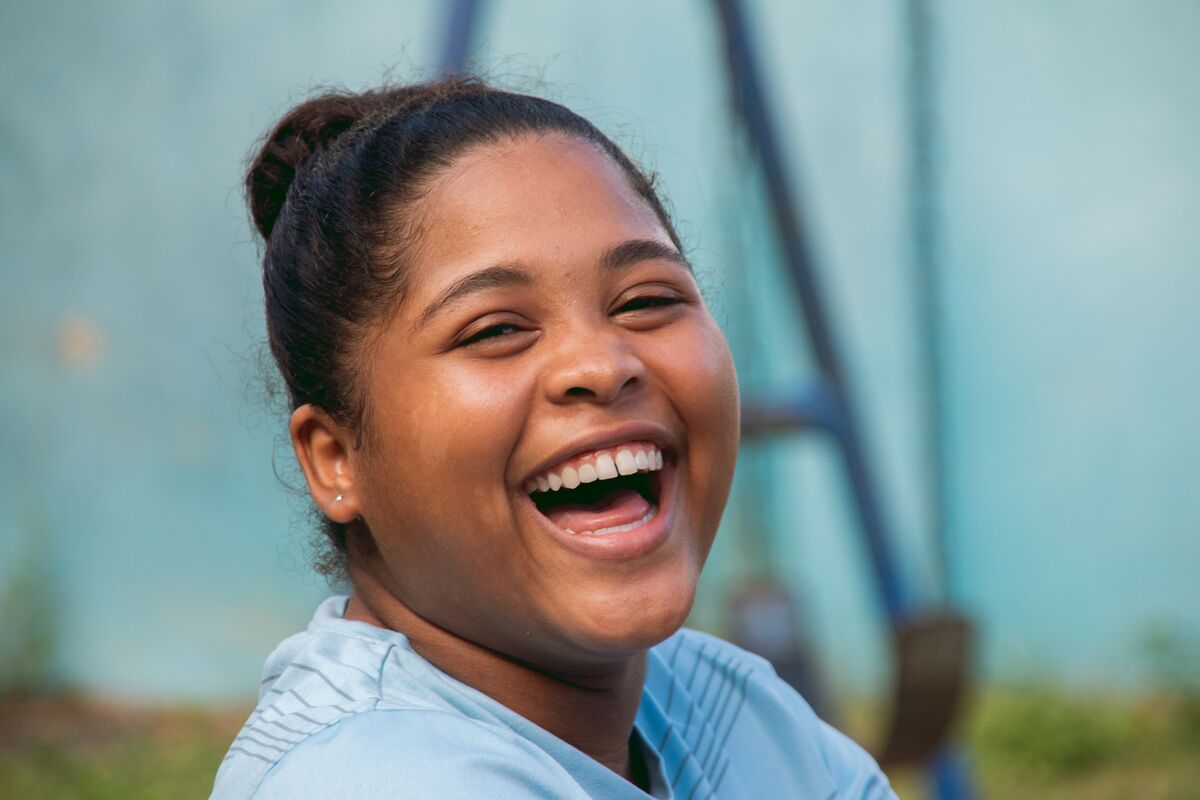
Compassion UK Christian Child Development, registered charity in England and Wales (1077216) and Scotland (SC045059). A company limited by guarantee, Registered in England and Wales company number 03719092. Registered address: Compassion House, Barley Way, Fleet, Hampshire, GU51 2UT.